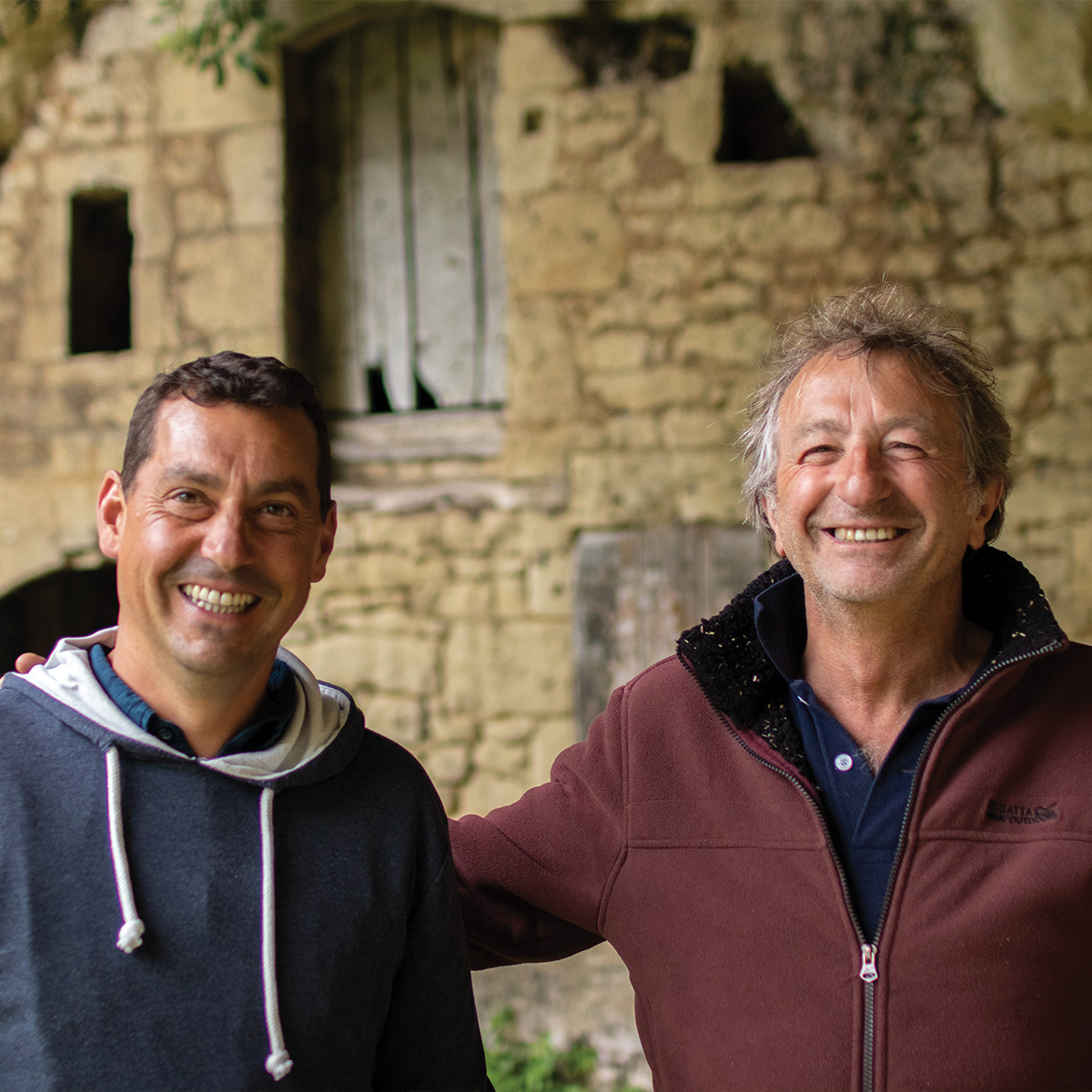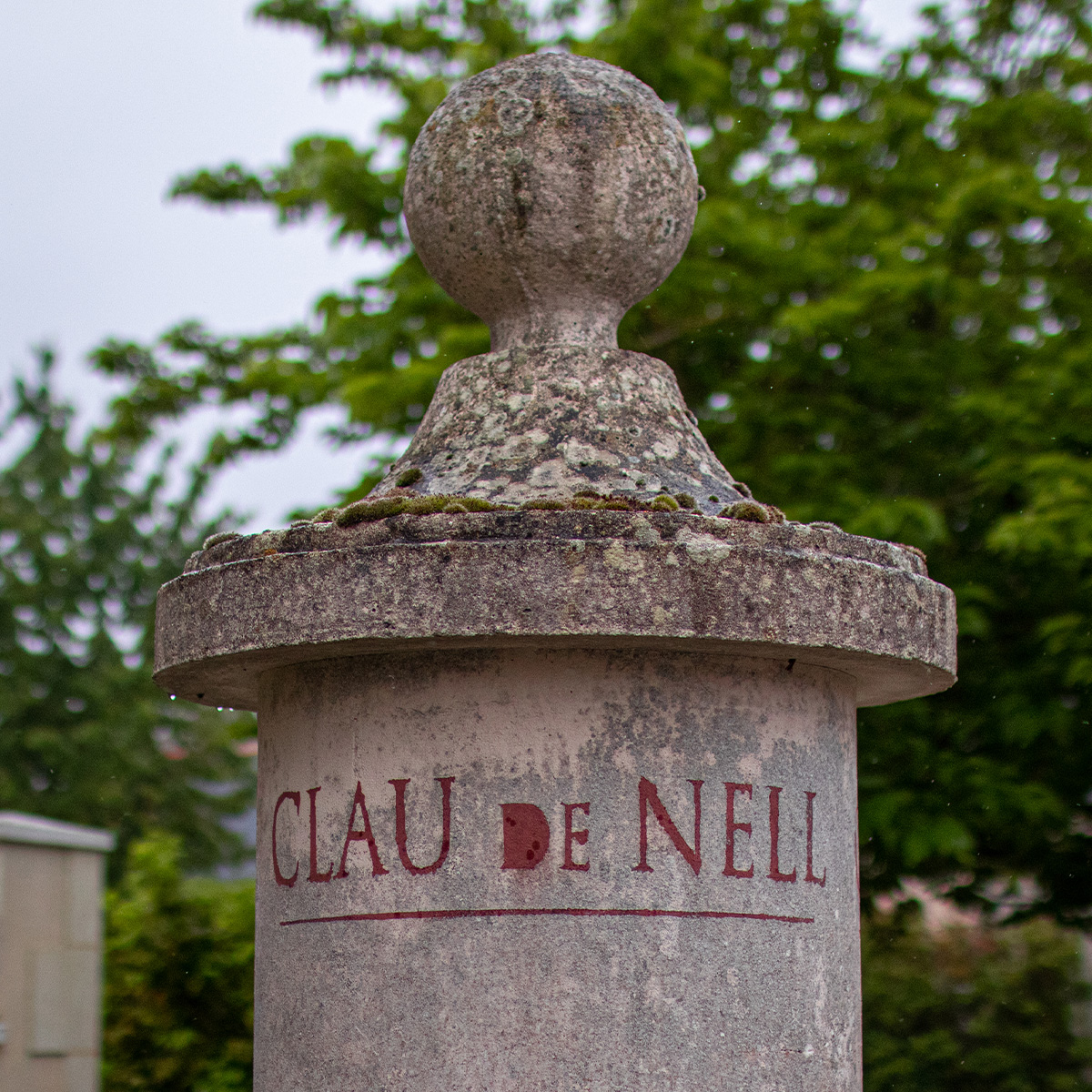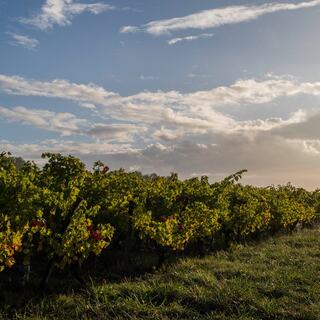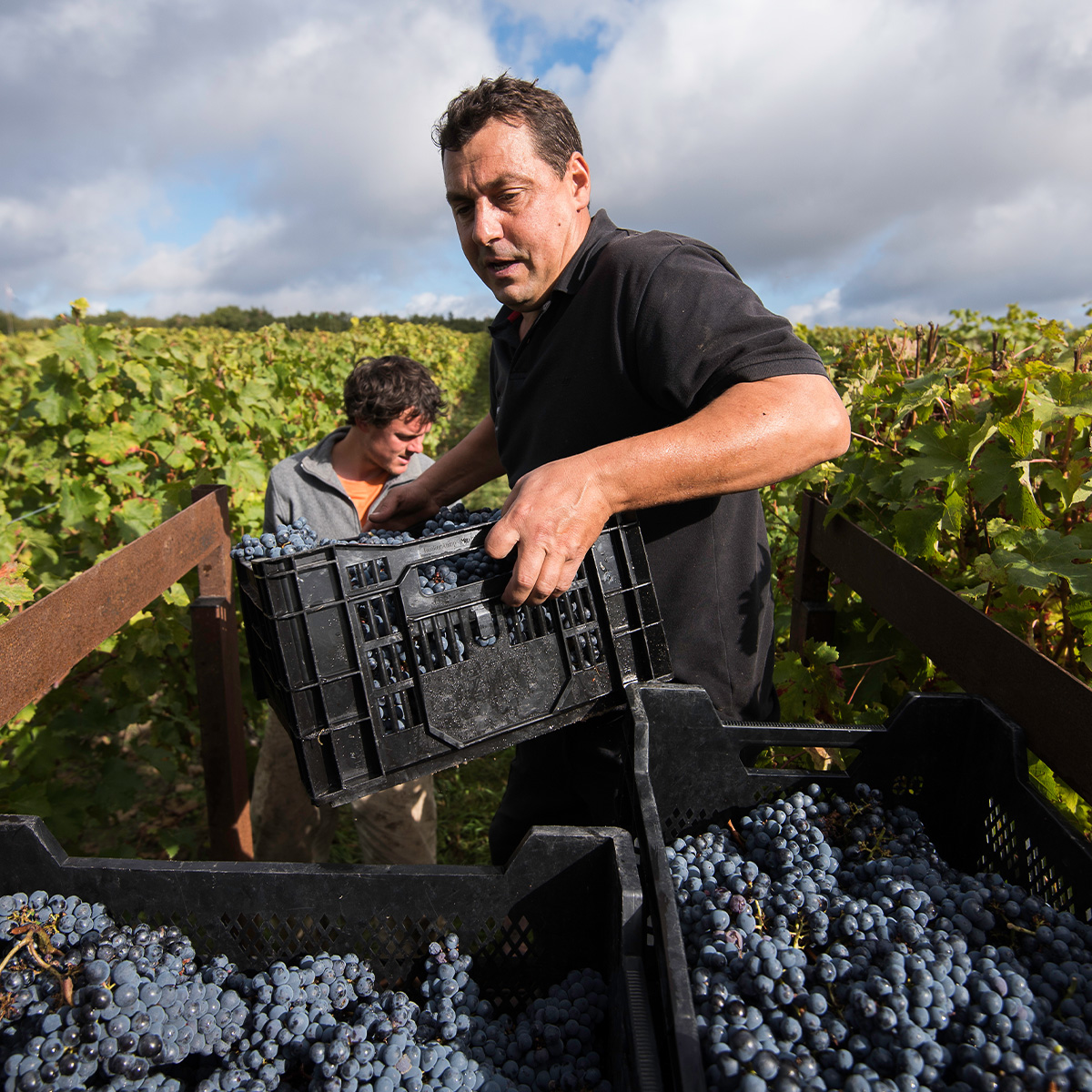Clau de Nell Story


Clau de Nell is located in the Loire Valley region of Anjou and has been in existence for over 100 years. The vineyards were fully converted to biodynamic cultivation in 2000, and the property was purchased by Anne-Claude Leflaive and Christian Jacques in 2008, who appointed Sylvain Potin as their biodynamic Viticulturalist and Winemaker.


History
Clau de Nell, named for the previous owners Claude and Nelly, is located in the Loire Valley wine region of Anjou and has been in existence for over 100 years. The vineyards were fully converted to biodynamic cultivation...


Vineyards
Domaine Clau de Nell is located in the Loire Valley wine region of Anjou, southeast of Angers and northwest of Saumur, in the village of Ambillou-Château. The vineyards range in age up to 100 years old and are situated o...


Winemaking
Natural fermentations of some or all whole cluster bunches occur in Clau de Nell's new state-of-the-art cellar. The grapes are gently pressed in pneumatic press and aged in the ancient troglodyte cellars cut into the lim...
Biographies

Loire Valley
Known as the "Garden of France," the Loire Valley is shaped by its vast, winding river, which carves through sandstone and clay soils. With a mix of maritime and continental climates, it produces vibrant wines like Sancerre, Savennières, and Cabernet Franc.



